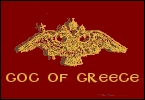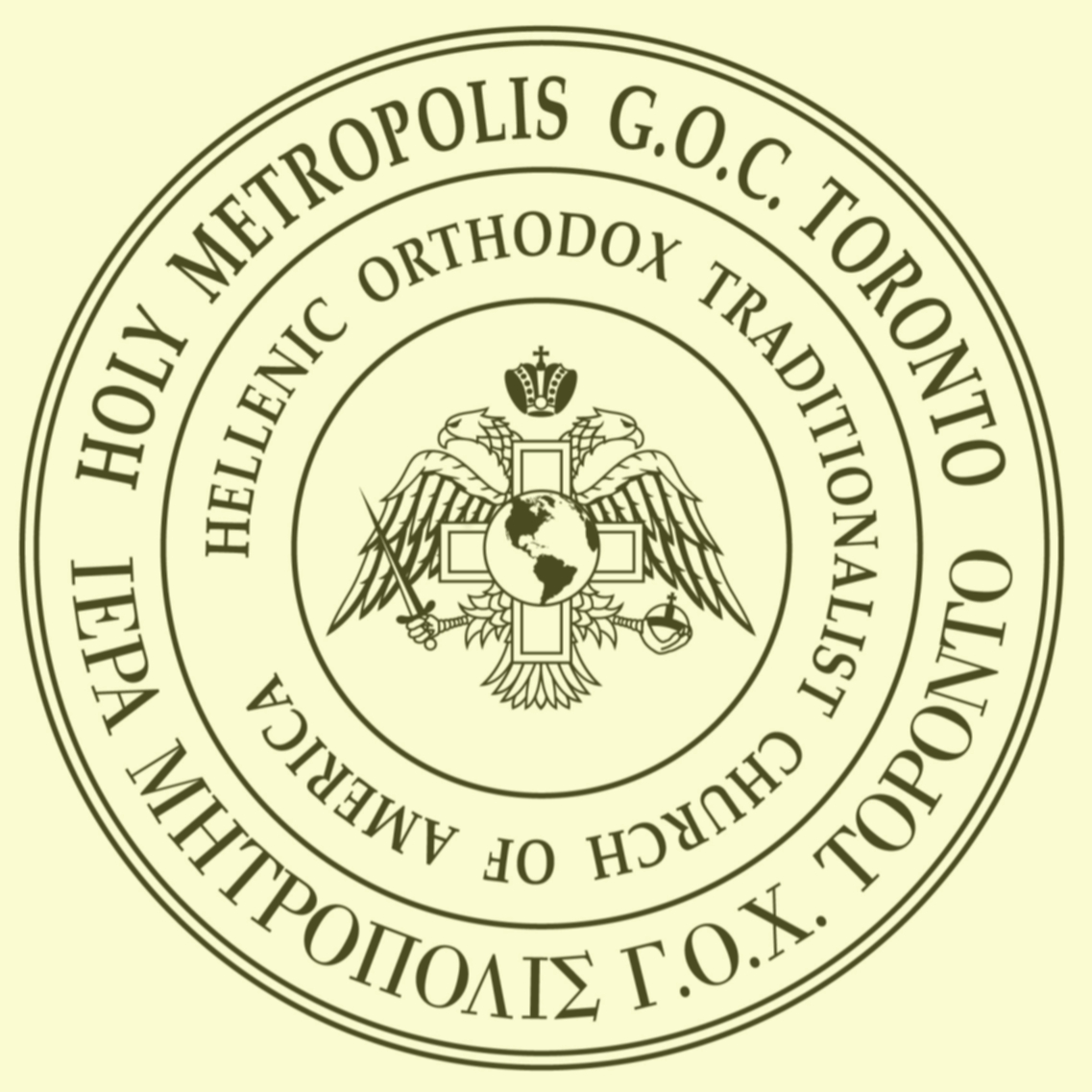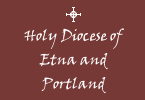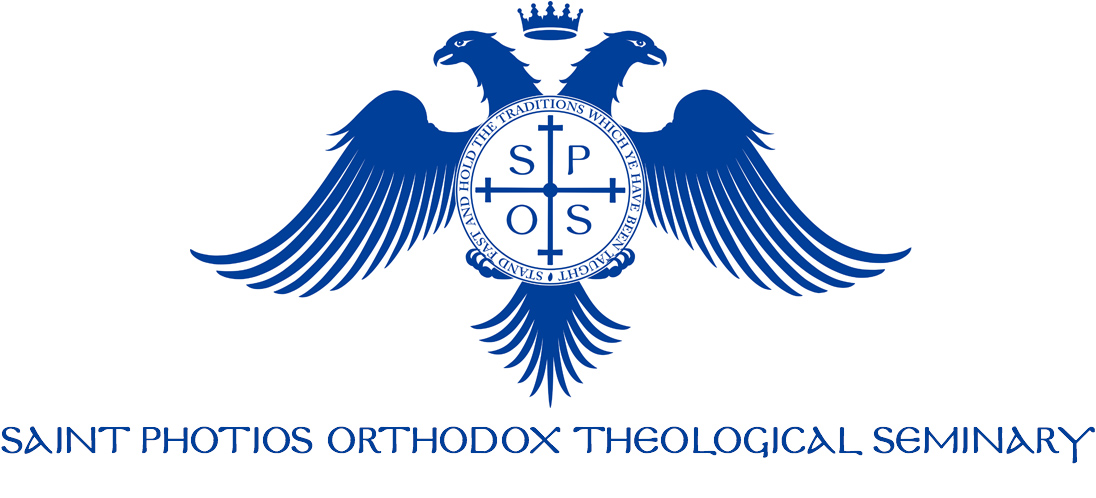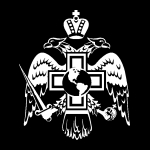Hero-Worshipping: the Sickness of our Holy Struggle
- Details
- By Bishop Photios of Marathon
- Created on Saturday, 06 February 2010 03:43
“Trust ye not in princes, in the sons of men, in whom there is no salvation.”
(Psalm 145:3)
We mustn’t have absolute trust in human beings for our salvation, no matter what dignity they have. Human beings are changeable. Today they are saints, tomorrow—deniers. Today—sinners, tomorrow—righteous. We must have absolute trust in God, and in Him we must base our hopes of salvation. “Blessed is he of whom the God of Jacob is his help, whose hope is in the Lord his God” (Psalm 145:5). Human beings are often treacherous, and the one whom we admire today as a saint and virtuous, unfortunately we may see falling later, whereas someone else who didn’t have a good reputation before may prove himself worthy in the circumstances and steady.
The Holy Struggle of the Genuine Orthodox Christians (G.O.C.) from the beginning until today has shown a great number of such examples. But if we search in depth through all the schisms that have taken place in the bosom of the G.O.C. we will find that it is the germ of hero-worshipping that is to blame. This germ coexists with us and when it finds us in favourable conditions, it causes the manifestation of the sickness. Well, let us examine these pestilential conditions, so that we can guard ourselves.
At the beginning of the manifestation of the disease there is required the presence of a spiritual father who has the reputation of being a virtuous man, albeit only in external appearance. It is not the essence that is significant but the external image. To have that it is sufficient not to have given cause for unfavourable comments.
Then it is necessary that this spiritual leader should have a close circle of spiritual sons around him who respect and esteem him. Up to a point, this is understandable.
However, this sickness is manifested when the spiritual sons are changed into disciples of the leader’s person. This takes place as follows: The leader-spiritual father perhaps has some ability through which he attracts people. He may be ascetical, have fervent zeal, be an orator, or charitable. But he may also be simply clever, plotting several tricks through which he attracts the admiration of his spiritual sons. He may truly be virtuous at the beginning. However it is possible that he is full of hatred, carefully hiding his hate-filled side and overemphasizing some of his positive elements. Well, then, the germ of hero-worshipping surrounds such spiritual sons as belong to his immediate environment. It starts with flattery. When the elder’s intimate environment is formed by monks or nuns, and the elder allows himself to be infected by the incense of those who cense him with flattery, then the sickness appears.
If the elder rejects flattery and breaks the cloud of the incense of flattery, and if he keeps the flatterers at a safe distance, then he is saved.
However, if the Elder does not oppose this, then, alas! a wicked circle is created in which the Elder inspires hero-worshipping in his worshippers and then gathers it back to himself from them like the incense of flattery. Then even if the Elder is still virtuous, made dizzy by the cloud of flattery, he tends to believe himself that he has abilities which he does not have. He is convinced that he is a new Saint Mark Evgenikos, a new Saint Theodore the Studite, a new Saint Maximos the Confessor, a new pillar of Orthodoxy.
The close circle of disciples (the “Cherubim” and “Seraphim” of the Elder!) undertakes with zeal to advertise the admirable capabilities of the Elder to those who are found in the wider circle. For around the Leader’s circle concentrical circles are formed. The widest of these consists of the “newly converted”, to which the “rays” of the Elder reach after being intensified by their passage from the “Cherubim”, “Seraphim”, “seven-wing angels”, etc. of the Elder. They characterize him as “The Teacher”, “the Holy Father”, “our Little Father”, and “the Holy Elder”. Above this proclaimed “saintly” Elder there is only God, from Whom he receives Divine inspirations. No Church Authority surpasses the “holy Elder”, neither Bishops nor Synods. “Even if an angel from heaven” speaks to them against the teachings of the adorable person of the Elder “let it be anathema” for his disciples, who are subjected to the psychology of the mob.
The “Elder’s” pictures cover completely the walls of his disciples, like the pictures of singers and athletes in the bedrooms of modern youth. And the hero-worshippers have in their cells more pictures of their “holy Elder” than icons of Christ!
They declare unblushingly that wherever their “Elder” goes, they will follow him even if he goes to Hell! Whatever the admirable “Elder” says is considered a dogma of faith. They invent yearly celebrations of the “Elder”, icons of the Elder are painted while he is still alive and after his death his bones are carried around in golden boxes like the ark of the covenant! His grave is venerated and his personal objects are given as prizes. Nobody becomes accepted in the ranks of the disciples if they do not fall on their knees to venerate the imaginary icon which they have themselves created of their Elder.
The most tragic consequence is the effect on the person of the Elder himself, whom the flatterers of the close circle have created as another golden calf for veneration by the mob. Perhaps these flatterers have a greater responsibility than the Elder himself, who was driven by them to different illegal actions, such as schisms and divisions. They led him to believe that he himself is the “Saviour” of the Church!
Intense prayer and continuous attention is required so that nobody may be found in the situation of these people, and it is especially important that all our clergymen be afraid of the flatterers. Our ancient ancestors were correct when they stated that they “were afraid of the flatterers and they were in favour of the crows because the crows eat flesh while the flatterers tear the souls to pieces.”
+ Bishop Photios of Marathon
Orthodox Awareness
The Calendar Question
A Classic Defense of the Old Calendar, proving it is part of the Tradition of the Church. Read more...
Missions
Saint Matthew the Evangelist, Jonesboro, Arkansas
Jonesboro is a town located near the Eastern border of Arkansas, with a population of approximately 60,000. From a human standpoint, it’s not the most likely candidate for a traditional Orthodox mission, but for an Orthodox Christian who orders his priorities around Christ and His Church, it makes perfect sense. Read more...
Youth
2025 Youth Conference
Please join us for the 2025 youth conference in Toronto, Ontario, Canada! To learn more, visit the conference website.
Ask A Priest
Two-Headed Snake Cane?
Q. Can you tell me what the two-headed snake cane the Greek Bishop is walking with represents? What does it mean?
-V.T.
Read more...

